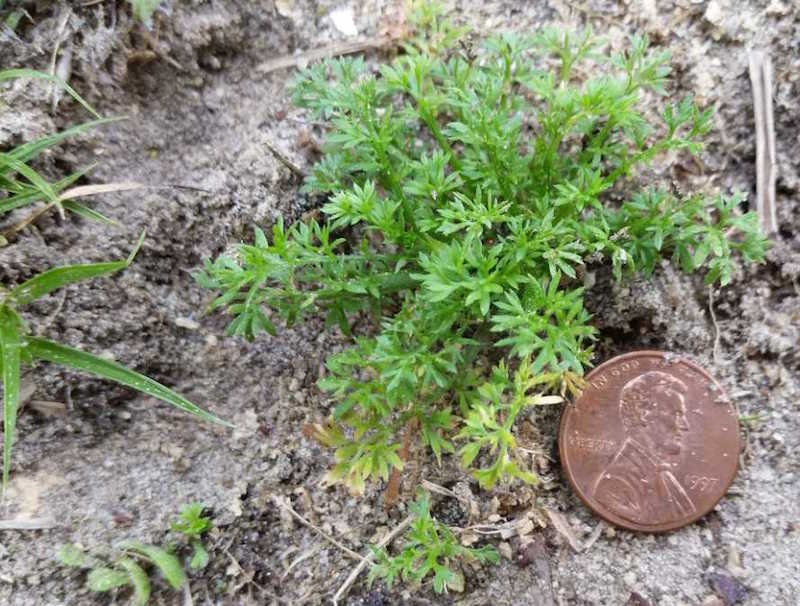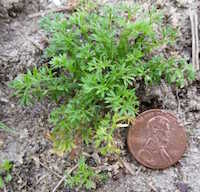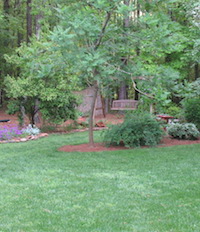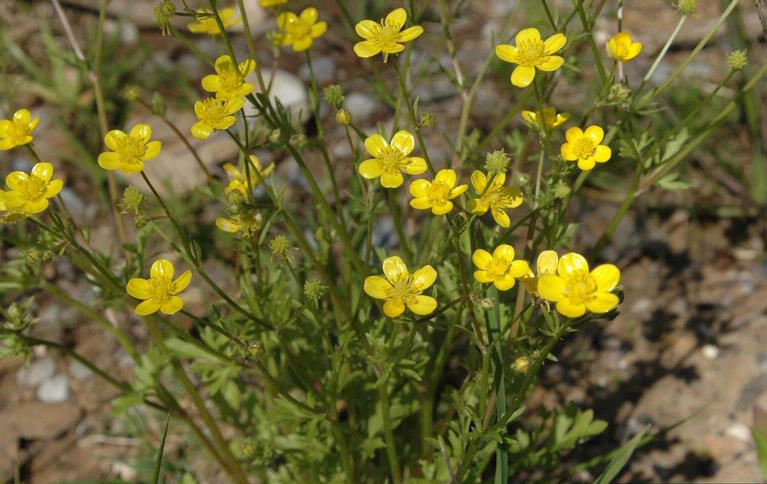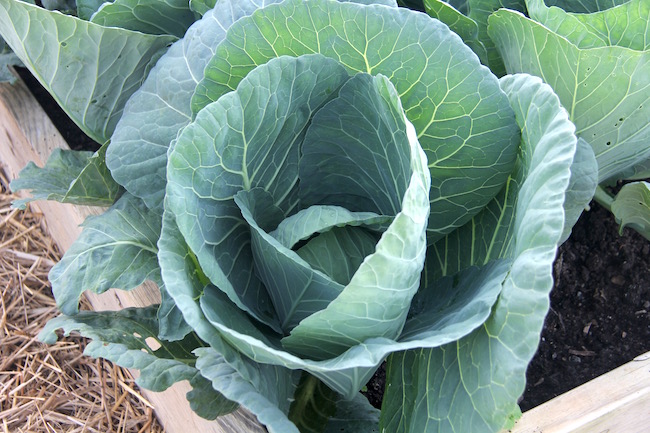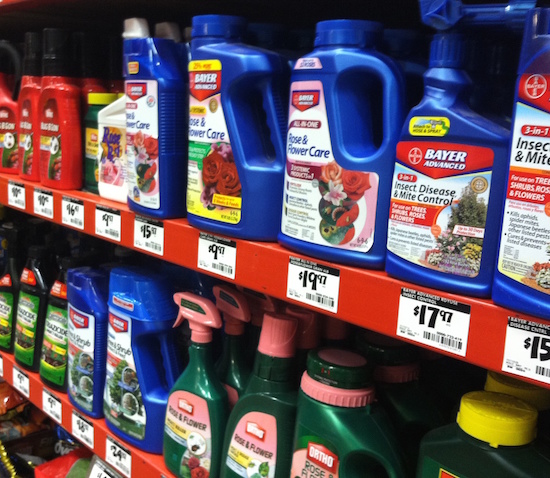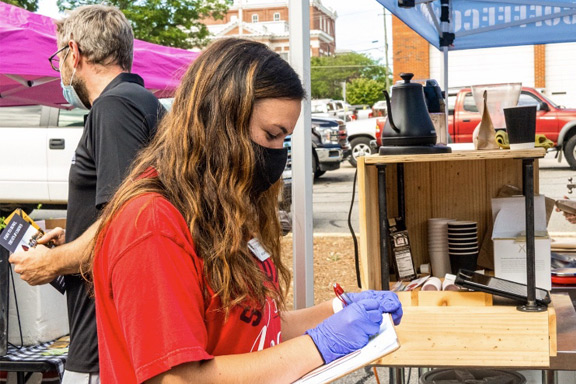Stepping on the spiny seed head of a lawn burrweed while running barefoot in the yard is a sure sign of summer. If you want to save your feet some pain, now is the time to treat your lawn, according to University of Georgia Cooperative Extension agents.
Lawn burrweed (Soliva pterosperma) is a winter annual and a member of the Aster family. The weed germinates in the early fall and remains essentially unnoticed through the cold winter months.
With early spring comes warmer temperatures, and lawn burrweed enters a period of rapid growth and begin to form spine-tipped burrs, often called “stickers.” The weed also develops opposite, sparsely hairy leaves that are divided into numerous segments and small, inconspicuous flowers in addition to the spine-tipped burrs found in the leaf axils.
When treated with herbicides in January, February and March, lawn burrweed can be effectively controlled.
UGA Extension weed scientist Patrick McCullough recommends applying a two- to three-way broadleaf mixture product formulated for controlling lawn burrweed in Bermuda grass, tall fescue and zoysia grass. Herbicide rates can be found on the product’s label and vary according to the product. Rates will also vary according to the type of grass to which the herbicide is applied. Always read and follow the instructions printed on the herbicide label.
“Available at most big-box retailers, these herbicides include Trimec Southern, Triplet and ‘Weed B Gon.’ Atrazine offers better selectivity in controlling lawn burrweed in centipede grass and Saint Augustine grass due to increased injury potential from other herbicides in the spring,” McCullough said.
As the weed matures, lawn burrweed gains enhanced tolerance levels to most postemergence herbicides, he said, so controlling it in late winter provides more effective control than applications later in spring.
Lawn weeds come in lots of different colors, leaf sizes, shapes and growth habits. Weeds detract from the natural beauty of desirable turfgrasses. Without control, many weeds can quickly become the dominant species in a lawn.
From a cultural control standpoint, a healthy lawn can be maintained by fertilization and liming according to soil test results, McCullough said.
“The lawn should also be mowed at the correct heights and frequencies for your specific turfgrass. This will help reduce the number of weeds in your yard,” he said. “Healthy turfgrasses can better outcompete weeds for light, water and nutrients, which can eliminate or reduce the risk of a weed infestation.”
For more information on weed control, see UGA Extension Bulletin 978, “Weed Control in Home Lawns.”

